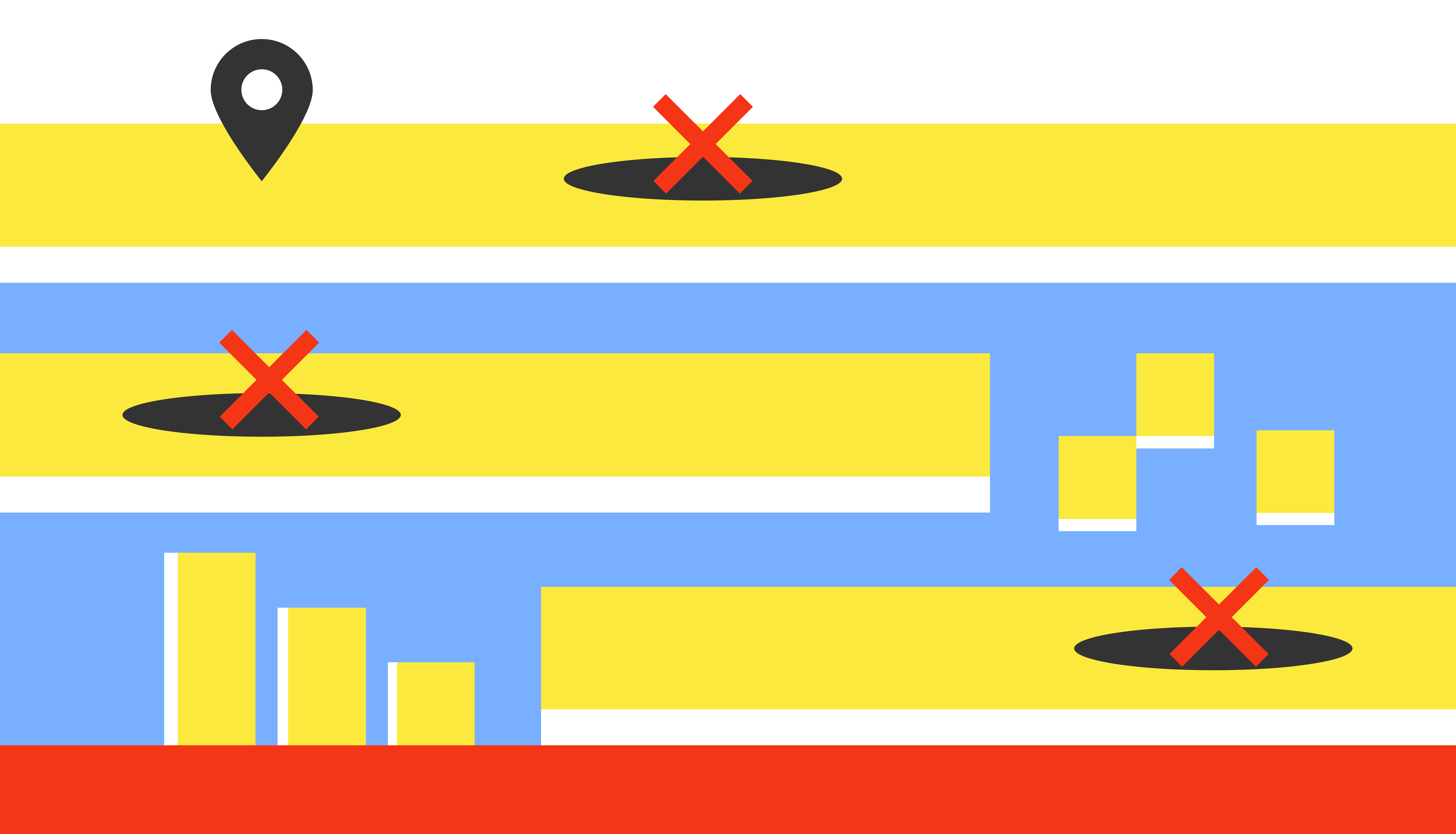No matter how groundbreaking your product idea may be, an ineffective UX strategy can be the downfall of your product. (Too dramatic? Maybe. But you get the idea!) Crafting an incredible user experience isn’t just about beautiful interfaces or the latest tech novelty. It’s about genuinely understanding your users and delivering what they need, how they need it, and—most importantly—why they need it.
If you’re a product manager, startup founder, CTO, or UX designer trying to figure out why your UX strategy feels like pushing a boulder uphill, don’t worry. You’re not alone. We’ve pinpointed common UX pitfalls that derail even the most promising products—and, of course, how to steer clear of them.
Pitfall 1: Neglecting User Research
The Problem:
Launching a product without getting to know your users is like throwing a dart blindfolded and hoping for a bullseye. Spoiler alert: You’ll probably miss. Your users have unique needs, behaviors, and preferences—they’re your north star. But failing to invest in thorough user research means risking a product that just doesn’t resonate.
The Solution:
Before you sprint to launch, slow down and dig into the what, why, and how of user behavior. Start by conducting surveys, interviews, and usability testing. Observe how your target audience interacts with your competitors, identify pain points, and uncover opportunities. The more you know, the better you position your product to actually solve their problems. (Bonus: Users love to be heard. Make them feel like VIPs!)
Pro Tip:
Skip assumptions. “I think our users want X” is no substitute for “We’ve found that 78% of users will do Y if Z happens.”
Pitfall 2: Overcomplicating Design
The Problem:
Ah, the temptation to “wow” your users with a super intricate, beautiful interface. But here’s the thing—if your design requires a 10-page instruction manual or a PhD to operate, it’s more frustration than fascination.
The Solution:
Simplicity is your superpower. Make usability your mantra. Prioritize intuitive navigation, clear messaging, and accessible design elements. Test designs constantly to ensure users instinctively “get it.” Remember, the best designs feel as natural as your favorite jeans (the comfy ones, not the pair that pinch the waist too much).
Pro Tip:
Ask yourself, “Would my grandma know how to use this?” If yes, you’re golden.
Pitfall 3: Ignoring Feedback Loops
The Problem:
Imagine this—you launch your product, and users flood in with feedback. But instead of listening, you plow forward with the pre-existing roadmap. Oops. That’s how you miss those golden nuggets of insight users willingly hand you.
The Solution:
Feedback loops are the lifeblood of exceptional UX. Make it a non-negotiable part of your process to gather feedback post-launch. Set up mechanisms for usability testing and surveys post-deployment. Identify patterns, iterate often, and include actual user insights in your decision-making.
Pro Tip:
Treat users like co-creators. The phrase “Thanks for the feedback” goes a long way! After all, we’re all just trying to make cool stuff people love, right?
Pitfall 4: Lack of Clear Goals
The Problem:
Sure, you want to create an amazing user experience. But what does success look like? Without defined UX goals, you’re just throwing spaghetti at the wall and hoping it sticks.
The Solution:
Start with SMART UX goals—that’s Specific, Measurable, Achievable, Relevant, and Time-bound for those taking notes. Whether it’s reducing cart abandonment by 15% or increasing onboarding success rates to 90%, setting clear objectives helps you measure how your designs actually perform.
Pro Tip:
If your goal is “improve user retention,” ask yourself, What does that mean? and How will we measure it? Drill it down until you can’t anymore. Clarity creates momentum.
Pitfall 5: Poor Collaboration Between Teams
The Problem:
Picture this—a glowing UX design prototype gets handed over to developers, who turn it into a live product but miss a crucial flow. The outcome? A broken user experience. Sounds familiar? Silos between UX, dev, marketing, and product strategy are enemy #1.
The Solution:
Foster a culture of collaboration. From the get-go, bring developers, designers, product managers, and marketers into the same room (or Zoom!) to map the user experience together. This shared vision ensures everyone is on the same page, reducing hiccups down the line.
Pro Tip:
Write a short user story that outlines the end-to-end experience you’re trying to create. Share it across teams like it’s the company treasure map.
Pitfall 6: Technology Overload
The Problem:
“Wouldn’t it be cool if we added AI, AR, VR, and blockchain to this product?” Sure, cool tech is exciting, but tech-for-the-sake-of-tech often creates unnecessary complexity. Remember, new technology should solve problems, not make your users’ lives harder.
The Solution:
Adopt technology only when it aligns with your user’s needs and enhances their experience. Before you integrate any shiny new tech, evaluate its direct benefit. Will it improve efficiency? Simplify a task? If not, skip it.
Pro Tip:
The simplest solution is often the best one. Innovation isn’t about being flashy—it’s about being useful.
Avoiding UX Pitfalls with Better Strategies
Building a strong UX strategy isn’t about avoiding mistakes—it’s about learning and growing alongside your users. By prioritizing research, simplifying design, listening to feedback, aligning goals, collaborating effectively, and being thoughtful about technology, you’ll craft an experience your users genuinely love.
Struggling with where to start? Don’t sweat it—that’s why we’re here! At Pepperplane, we partner with businesses to develop winning UX strategies that hit the mark. Whether you’re just starting to think about user experience or need a major revamp, we’d love to help.
Tell us about your project or challenges.
Your users deserve the best—and so do you.

